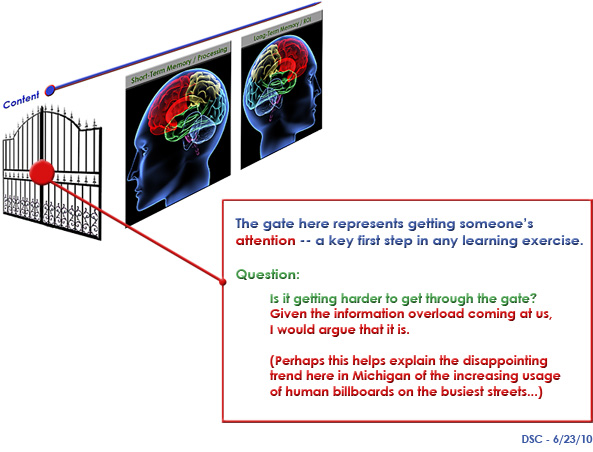.
Interactive whiteboards are front and center in college classrooms — from edtechmagazine.com
A look at whiteboards at New York’s Touro College.
.
From DSC:
We currently have 3 types of Interactive WhiteBoards (IWB’s) on our campus: Epson BrightLinks, SMART Boards, and/or an Eno Board from PolyVision.
However, the idea of using mobile interactive whiteboards is becoming increasingly popular — i.e. being able to annotate on an iPad, for example, and having everyone in the class see these annotations. I’ve seen some K-12 folks use Apple TV for this type of thing, but Apple’s multi-cast wireless protocol doesn’t work as well for us in a campus environment. I’ve also seen/heard of people using one of the following solutions listed below as well. (I wish I had more time to check each of them out, but I’ll simply list them for you here.)
Description of video:
Stephen Harris, Principal of Northern Beaches Christian School, gives a short tour of the SCIL Building, an open-plan, multi-modal learning space for student-directed learning. The SCIL Building features spaces and furniture than foster a range of learning modes and styles.
.
4 ways to gamify learning in your classroom — from tophatmonocle.com
Excerpt:
This post explores the role of gamification in education and provides four examples of how you can bring the learning method into your classroom.
.
Top Hat Monocle closes $8M to bring gamification to university classrooms — from betakit.com
Excerpt:
Today another student engagement platform, Top Hat Monocle, announced it has closed $8 million in Series A funding led by Emergence Capital Partners and iNovia Capital, with participation from SoftTech VC, Version One Ventures, and Golden Venture Partners. The Toronto- and San Francisco-based company, which raised $1.5 million in seed funding in November 2011, launched their product in 2010 and has been used by 65,000 students at over 150 global universities.
.
Gamified courses from Course Hero and Bunchball boost student engagement — from gigaom.com by Ki Mae Heussner
Excerpt:
In some circles, the phrase “gamification” may have gone out of fashion, but Course Hero and Bunchball are intent on showing that it can still pack a punch in education.
In April, Course Hero, which uses free online resources to offer students digital study guides and other tools, launched a series of full-length online courses infused with game mechanics from Bunchball’s gamification platform. The companies Tuesday revealed some of the initial results from the partnership.
On average, users spend three times more time on the gamified courses than on all of CourseHero.com and total time on the platform has increased five percent since the Bunchball integration, Course Hero reported. The company also said that social sharing of achievements, which are awarded as students progress through the courses, has climbed nearly 400 percent since the Bunchball partnership.
.
From DSC:
.

.
Addendum on 7/19/12: